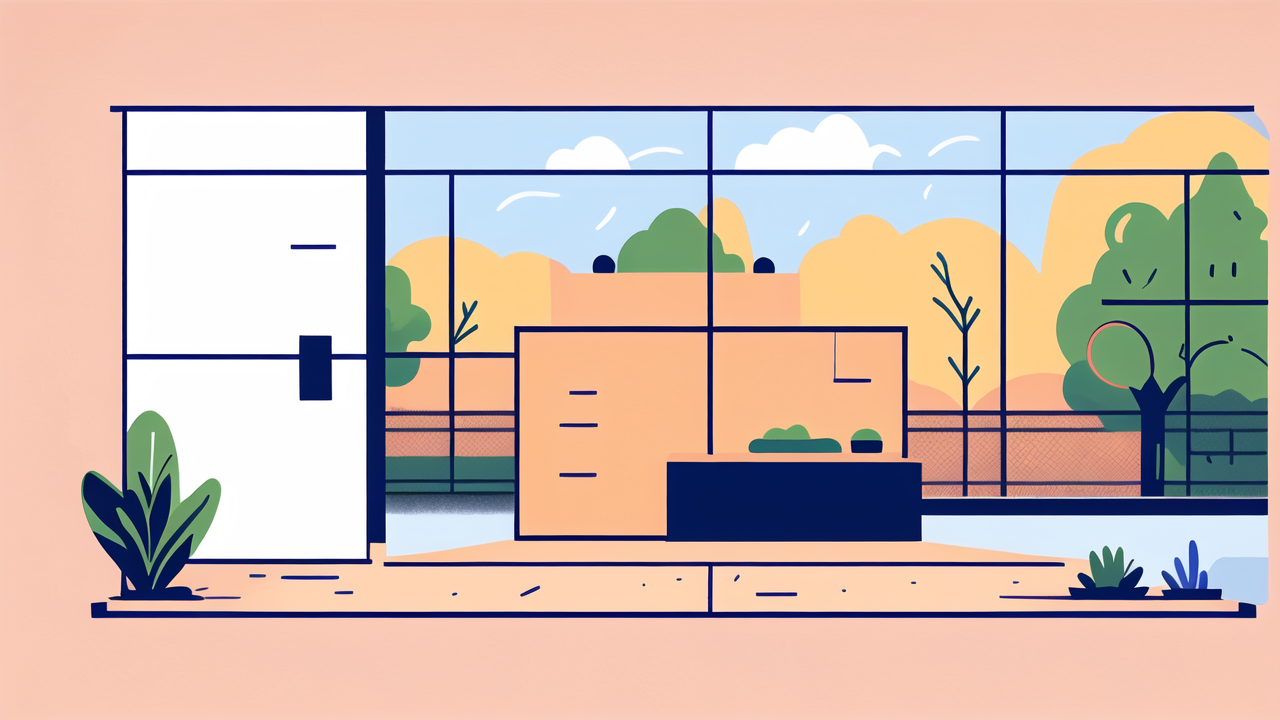Understanding the Fundamentals of Fencing
The Role of Fences in Modern Landscaping
Fences play a crucial role in modern landscaping. They offer privacy, security, and define property boundaries. Fences can also enhance the aesthetic appeal of a property. They serve as a backdrop for gardens and outdoor living spaces. In urban areas, fences provide a sense of seclusion in crowded neighborhoods. They can block unsightly views and reduce noise pollution. Fences also help in creating safe play areas for children and pets. Moreover, they can increase property value when designed and installed properly. The right fence can complement architectural styles and boost curb appeal.

Materials and Tools: What You Need to Start Fencing
To start fencing, you'll need various materials and tools. Here's a list of essentials:
- Fence posts (wood, metal, or concrete)
- Fencing material (wood boards, chain link, vinyl, etc.)
- Post hole digger or auger
- Shovel
- Level
- Measuring tape
- Saw (circular or hand)
- Hammer or nail gun
- Screws or nails
- String line
- Concrete mix (for setting posts)
- Safety gear (gloves, goggles, work boots)
The choice of materials depends on your fencing goals, budget, and local regulations. Always check local building codes before starting your project.
Key Fencing Terminology: A Glossary for Enthusiasts
Understanding fencing terminology is crucial for any enthusiast. Here's a brief glossary:
- Post: Vertical support that anchors the fence to the ground
- Rail: Horizontal member that connects posts
- Picket: Vertical board attached to rails in wood fences
- Gate: Movable part of the fence for entry and exit
- Tension wire: Wire that adds stability to chain link fences
- Cap: Decorative top piece for posts
- Kickboard: Board at the bottom of a fence for added strength
- Stringers: Horizontal supports in panel fences
- Lattice: Crisscross pattern often used for decorative purposes
- Slats: Thin strips used in privacy fences
Familiarizing yourself with these terms will help you communicate effectively with professionals and fellow enthusiasts.
Developing Your Fencing Techniques
Mastering the Basics of Fence Installation
Mastering fence installation begins with proper planning. Start by marking your property line and getting necessary permits. Next, determine post locations and dig holes to the right depth. Set posts in concrete and ensure they're level and plumb. Once posts are set, install rails or panels between them. For wood fences, attach pickets to the rails. For chain link, stretch and secure the mesh. Pay attention to gate installation for smooth operation. Always check your work with a level throughout the process. Proper installation ensures longevity and functionality of your fence.

Innovative Fencing Techniques for Security and Privacy
Innovative fencing techniques can enhance security and privacy. Consider these options:
- Double-sided fencing for added privacy
- Integrated lighting systems for improved security
- Smart locks and access control for gates
- Noise-reducing fence materials for urban areas
- Retractable fences for flexible space use
- Green walls or living fences for natural privacy
- Decorative metal inserts for both beauty and security
- Gabion walls filled with rocks for a unique, sturdy barrier
These techniques combine functionality with modern design. They offer solutions that go beyond traditional fencing methods.
Eco-Friendly Fencing Solutions: A Guide
Eco-friendly fencing solutions are gaining popularity. They minimize environmental impact while providing effective barriers. Here are some options:
- Recycled plastic fencing: Durable and low-maintenance
- Bamboo fencing: Fast-growing and sustainable
- Reclaimed wood fences: Gives new life to old materials
- Living fences: Using hedges or trees as natural barriers
- Composite fencing: Made from recycled wood and plastic
- Stone walls: Long-lasting and natural looking
- Willow fencing: Flexible and biodegradable
These options reduce reliance on new resources. They often require less energy to produce and maintain. Choose based on your climate and fencing needs.
Implementing Fencing in Your Property
Planning and Designing Your Fence for Maximum Effectiveness
Planning and designing your fence is crucial for its effectiveness. Start by defining your fencing goals. Consider factors like privacy, security, and aesthetics. Measure your property and create a detailed layout. Choose materials that complement your home's architecture. Factor in maintenance requirements and longevity. Consider the impact on your neighbors and local wildlife. Plan for proper drainage to prevent water damage. Include gates at convenient locations for easy access. If possible, consult a professional for expert advice. A well-planned fence enhances your property's value and functionality.

Safety Measures and Best Practices in Fencing
Safety should be a top priority in fencing. Always call utility companies before digging to avoid hitting underground lines. Wear proper safety gear, including gloves and eye protection. Use tools correctly and keep them in good condition. Be cautious when working with heavy materials or at heights. Ensure your fence design complies with local building codes. For pool fences, follow specific safety regulations to prevent accidents. Regularly inspect your fence for damage or wear. Fix any issues promptly to maintain safety. Educate family members about fence safety, especially children.
Maintaining Your Fence: Tips and Tricks
Proper maintenance extends your fence's life and appearance. Here are some tips:
- Clean your fence regularly to prevent dirt buildup
- Inspect for damage or loose parts annually
- Tighten loose screws or nails promptly
- Repaint or restain wood fences every few years
- Trim vegetation away from the fence line
- Lubricate gate hinges and locks periodically
- Address rust on metal fences immediately
- Seal wood fences to protect against moisture
- Repair or replace damaged sections quickly
- Adjust gates as needed for proper alignment
Regular maintenance prevents small issues from becoming major problems. It keeps your fence looking good and functioning well for years to come.
